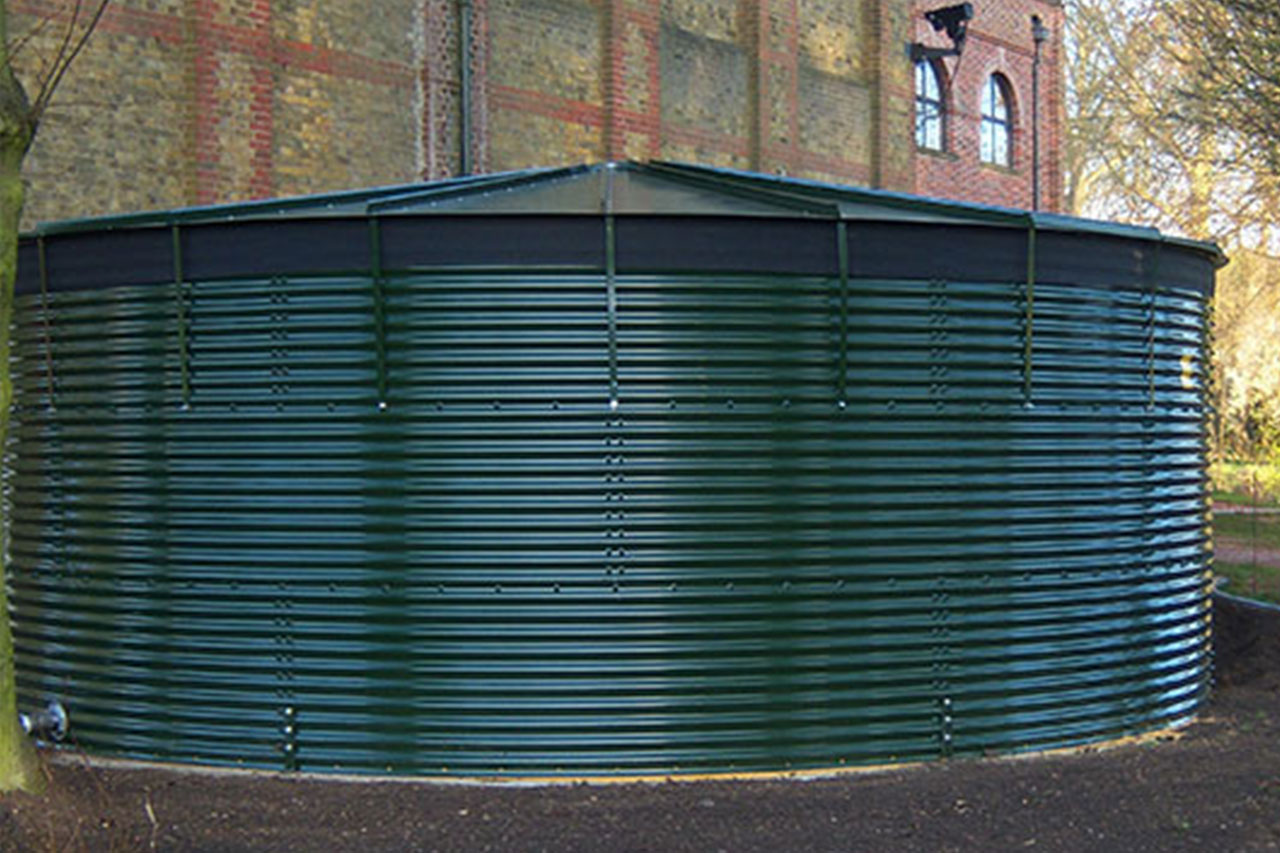Water tanks can be used for numerous applications, including domestic, industrial, agricultural and rainwater harvesting. An increasing number of people are also purchasing galvanised cold water storage tanks for their home, however, they remain a vital part of several commercial processes with an increasing demand from food production facilities as the UK population grows.
We explore the different considerations worth making when purchasing a water tank and outline some of the major options on the market today.
Galvanised Steel Water Tanks
Galvanised cold water storage tanks are among a few different material options when it comes to water tanks. However, they are one of the most popular choices for a number of reasons relating to the various advantages it offers to water storage processes.
For instance, these tanks are an affordable option that ensures quality and corrosion-resistance when handling large quantities of liquid for long periods of time. Galvanising is the process of applying metal to metal and the “galvanised tank” is made from zinc galvanised to steel.
This can come with various coatings to offer additional protection and resistance, and galvanised steel tanks can be modified to several different design specifications.
Plastic Tanks
Plastic tanks, also known as poly water tanks, are typically made with a rotational moulding process, which means that the size of the tanks is limited to the maximum size of the mould. Meanwhile, galvanised tanks and other metal-based designs can be made to almost any scale.
As well as reducing the total volume of water you can store, this can require you to fix additional systems and fittings to handle multiple tanks, which can use more total land space and more complex plumbing arrangements. Having said this, poly tanks are a cheap option for people who don’t need to manage larger qualities of liquid.
Stainless Steel Tanks
Non-galvanised steel tanks are sometimes seen in industries such as dairy or food processing. However, this method of construction is less common due to the higher costs associated with stainless steel compared to normal steel tanks.
Generally, these tanks are resistant to rust and corrosion and offer a high quality material for tank construction. However, joints and areas where screws and rivets are used can be more vulnerable.
Concrete Tanks
Concrete water tanks are very heavy and difficult to handle. However, they are still commonly used in some underground urban settings and processes not connected with food management.
Sometimes, concrete water tanks can lead to taste contamination and increased pH levels. Also, these tanks are quite vulnerable to cracking and leaking.
Fibreglass
Some chemical and food processing plants use fibreglass tanks due to an increased need to protect against corrosion. These can be manufactured with a food-grade coating on their interior surface.
One of the biggest benefits of these tanks is their ability to offer good rigidity and strength at relatively thin widths, despite high water pressure. However, this characteristic also makes them more prone to cracking and leaking due to their brittle nature.
Design Your Own Water Storage Tank
As a leading UK manufacturer of water tanks and a trusted partner for many food producers, we’re experienced in handling all kinds of requirements and demands from our clients.
If you tell us exactly what you need, we’ll help you design your very own water storage tank that will work seamlessly with your current or future systems. As well as material choice, there are several things to consider and we’d be happy to advise you on the best construction and design specification for the job.


